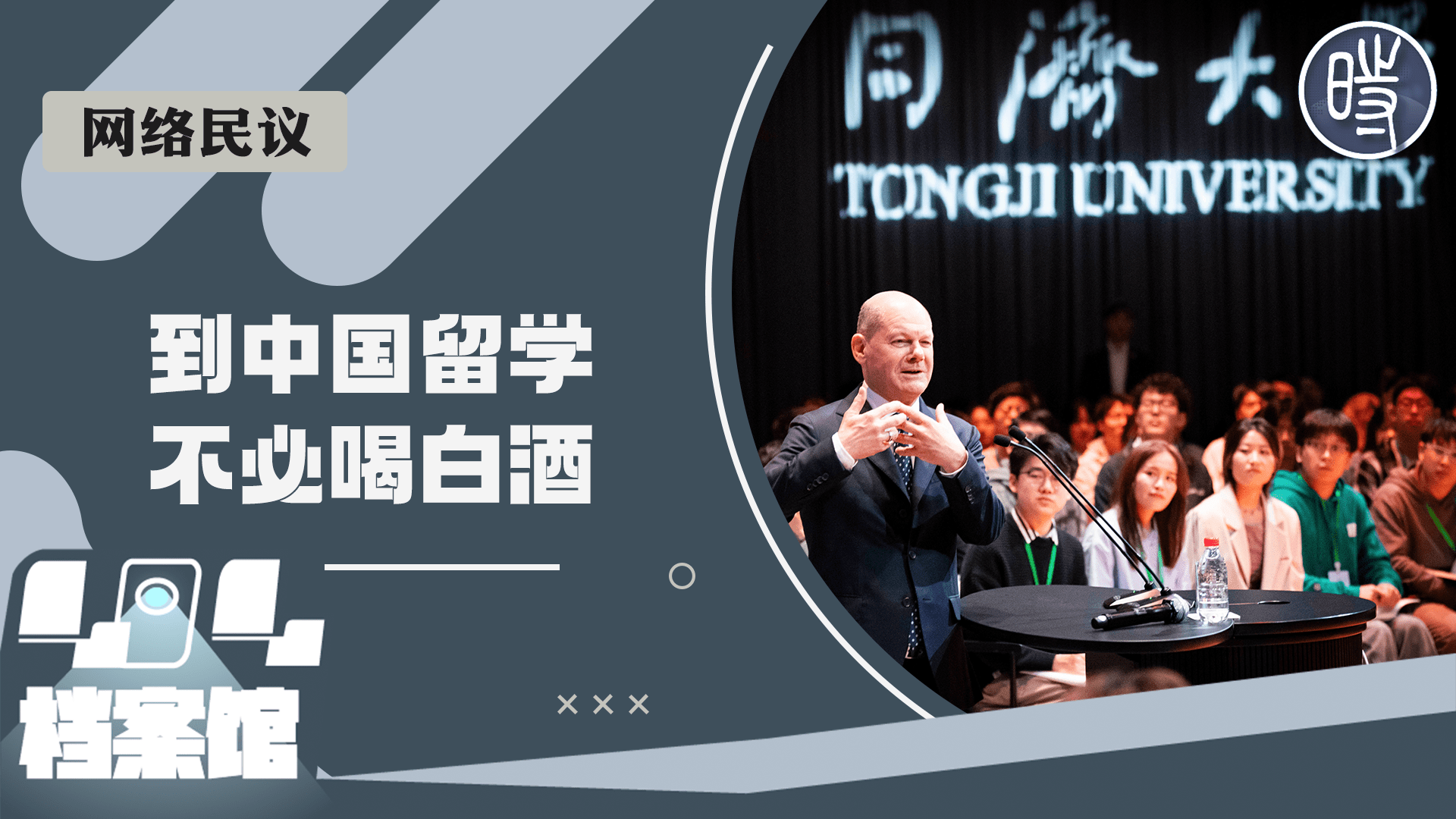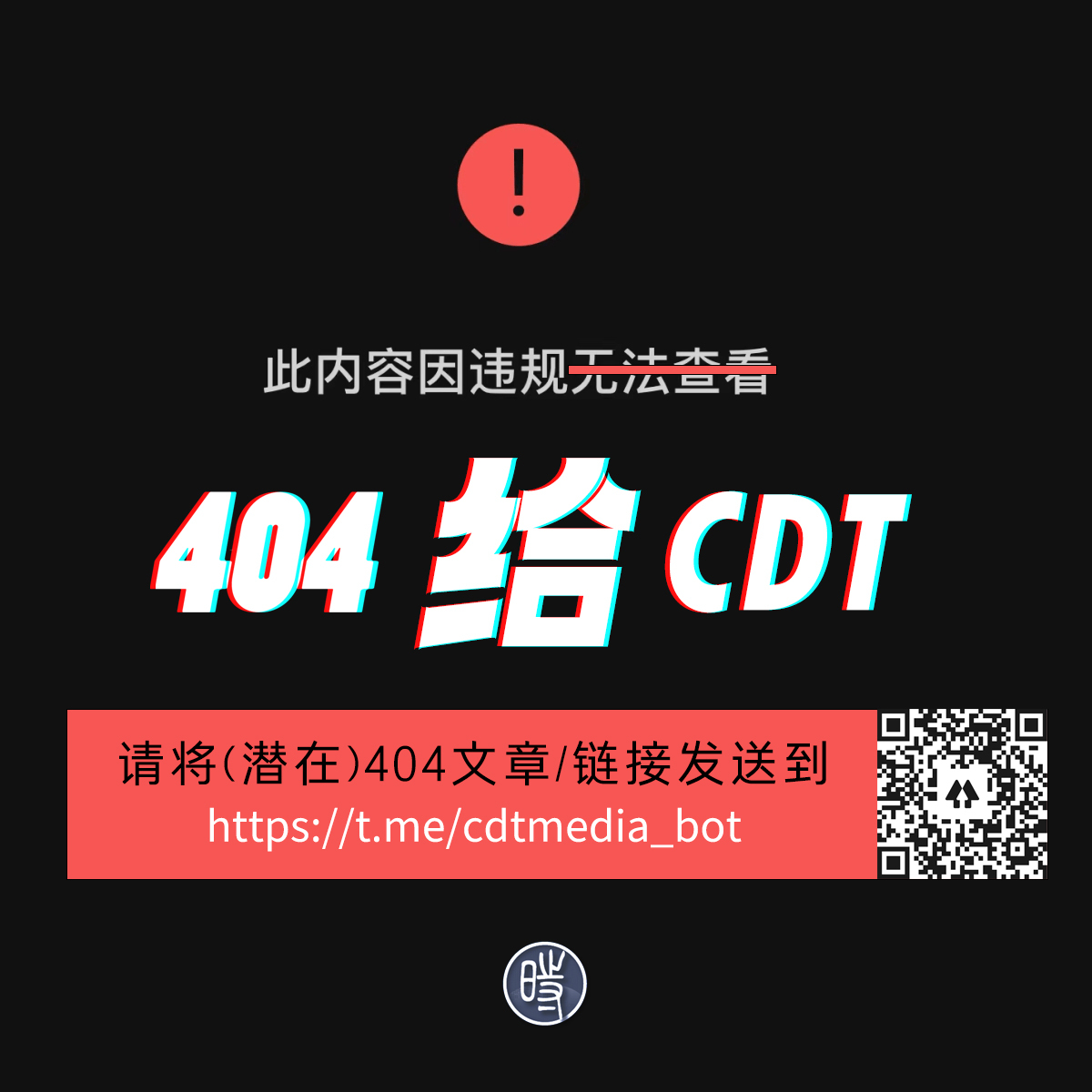http://cmp.hku.hk/2011/10/03/15870/
By David Bandurski | Posted on 2011-10-03
Back in March, the People’s Daily Online Public Opinion Monitoring Center (人民网舆情监测室) listed the use of microblogs to interact with the public as number five on a list of seven suggestions for dealing with sudden-breaking incidents. The center wrote: “Microblogs have shown most vividly the speed and breadth of information transmission on the internet, and they rapidly transmit information on the internet with a means of high efficiency. In sudden-breaking incidents, microblogs are already gradually becoming the core of public opinion propagation . . . ”
We can see from this passage that microblogs, and social media generally, are already pressuring the government and other institutions to respond more quickly and transparently to sudden-breaking incidents and other issues of public concern. The flip side is that social media are also increasingly providing one of the chief means by which the government and other institutions respond and reach the public.
By the beginning of this year, the opening of “official microblogs” had already become a noticeable and growing trend in China. In a report issued in April this year, the Public Opinion Monitoring Center noted that “microblogs for Party and government institutions and officials already cover many administrative levels, from central to local, and many functional departments.” As of March, the center calculated “more than 400 official microblogs [for Party or administrative offices] and more than 200 microblogs maintained by [individual] officials.” While specific numbers are hard to come by, that number has no doubt grown substantially over the past six months. [Click HERE for a list in Chinese of top-ten “official microblogs” recommended by People's Daily Online in March this year].
Back in early 2010, the Public Opinion Monitoring Center suggested that the government follow a rule of “four golden hours” (黄金4小时) in dealing with sudden-breaking incidents — meaning that the government should actively share information within that time frame. Chinese new media expert and CMP fellow Hu Yong (胡泳) wrote in response to this idea that “increasing the speed of government [information] response to crises is a basic demand of the new media age.”
But within a short 20 months, the rapid development of social media in China has made these “golden hours” seem an eternity. These days, a story can spread across the country in four golden minutes. Even with real-time tools at their fingertips, sluggish and bureaucratic institutions with a deeply-ingrained culture of holding back on information find themselves playing catch-up.
For a prime example of this, we need look no further than last week’s subway collision in Shanghai, which injured more than 280 people.
By the standard of the Public Opinion Monitoring Center’s “four golden hours,” subway authorities in Shanghai responded with lightning speed.
In this post at 3:33pm, made just over 40 minutes after the subway collision, the official microblog of the Shanghai Metro made the following announcement: “Today at 2:10 pm the Shanghai No. 10 Line experienced equipment failure at the Xintiandi Station, and the entire line from Jiaotong University to Nanjing East Road employed a telephone block system, and trains went under slow restricted speed. During this time, at 2:51 pm, two trains collided between Yu Garden and Old West Gate. At 2:51 pm a section including 9 stations from the Hongqiao Road Station to the Tiantong Road Station was temporarily closed . . . ”
By the time this post was made, however, the first mainstream media report of the crash had been out for almost 15 minutes. That report was filed by a reporter for Shanghai’s commercial Xinmin Evening News who happened to be on one of the subway trains involved in the collision.
But the very first report of the crash had come through social media within seconds of the crash. A Shanghai web user on Sina Microblog with the name “Li Fashi” (季法师) was the first to make a post with a photograph form the scene. Li Fashi’s post read: “Just now two trains on the Shanghai No. 10 Subway have collided. Everybody bless and protect us!” The post included a now famous photo of a female passenger covered with blood being attended to by another passenger.
[ABOVE: This photo of an injured woman on Shanghai’s No. 10 line was the first to be posted to Chinese social media on September 27, breaking news of the collision of two trains on the line. According to Sina Weibo, the post was made at 2:49 pm. According to the official version of the story, the crash occurred at 2:51 pm.]
So in the 44 minutes between the original Li Fashi post and the first post from Shanghai subway authorities mentioning the collision, photos and eyewitness accounts were shared across thousands of microblog posts, and reports from the Xinmin Evening News were already being shared across major internet news portals.
During this period, the official microblog of the Shanghai Metro made four separate posts mentioning malfunctions but saying nothing about the collision. In a post at 3:03, almost 15 minutes after the collision, the official microblog said: “Owing to an equipment malfunction on Shanghai Metro Line No. 10, service between the Yili Road Station and Sichuan North Road Station has been suspended, all exchanges to the No. 10 line have been stopped. Will passengers please adjust their travel plans accordingly.”
A full 9 minutes later, another post read: “Owing to an equipment malfunction on Shanghai Metro Line No. 10, service between the Yili Road Station and Sichuan North Road Station has been suspended. The Yu Garden Road station has already been closed. Will passengers please avoid the above-mentioned malfunctioning section . . . ”
Posts at 3:17 pm and 3:23 pm made similar announcements of delays without making any mention of the collision.
Microblogs are not magic bullets. But even as the government tries to reign in their influence, they will likely continue to exert immense pressure on China’s institutions, forcing them to grapple with a public that is more engaged and hungry for information.
本文由自动聚合程序取自网络,内容和观点不代表数字时代立场







.png)

